Dublin, IRL — Whether we realize it or not we are all connected. I had never been to Dublin, but it was always a place I wanted to visit. The history of Ireland and the struggles of Irish people to overcome almost 800 years of British rule was a subject that I was interested in. As a person of color living in America, a fourth generation descendent of Asian immigrants, I felt a connection. These are some of the places I visited to learn more about Ireland’s complicated and often tragic history:
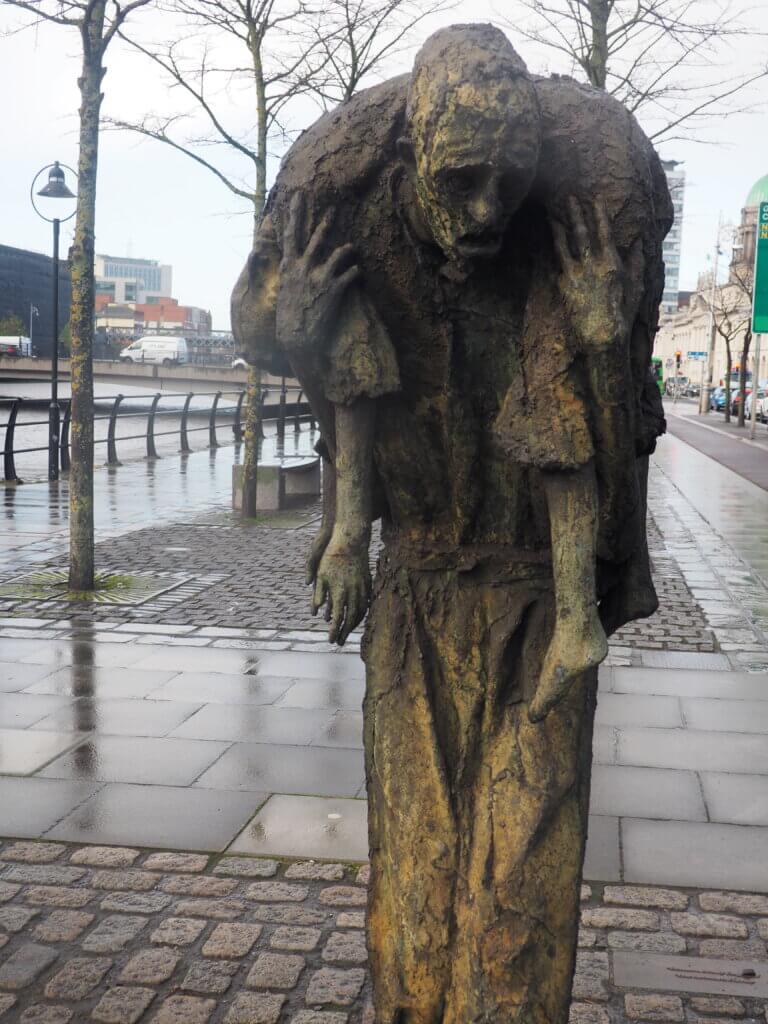
The Famine Memorial: During the Great Famine of 1845-1849, potato crops were infected and more than a million people died of starvation and illnesses related to malnutrition. Another million and a half people left the country and Ireland’s population never fully recovered. Before the famine eight million people lived in Ireland. Today it’s less than six million. Sadly at the time there was more than enough food to feed everyone, but the British chose to hold on to its stocks of wheat, meat and dairy products to export and sell in Great Britain and other parts of Europe rather than feed the starving Irish population. The Famine Memorial is located at the Dublin Docklands and was created by Dublin artist Rowan Gillespie.
https://www.visitdublin.com/famine-memorial
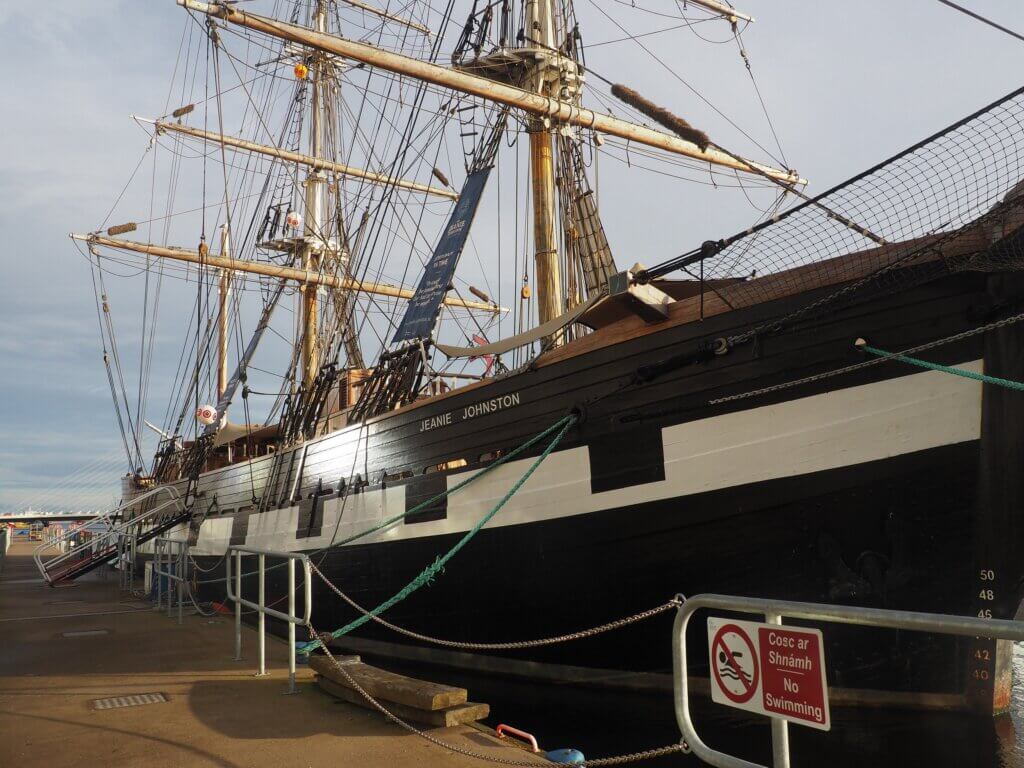
The Jeanie Johnston: Many Irish emigrants left for America, Canada and other parts of the world on what were referred to as “Coffin Ships.” Up to 400 people at a time were crammed into these vessels. They were required to provide their own food often paid their way by signing contracts to be indentured workers. The average contract period for an indentured worker was seven to eight years. Many who chose to leave did not complete the journey often dying of diseases like typhoid and cholera on those ships. The Jeanie Johnston was the exception. It never carried more than 200 passengers. It also provided food and had it’s own ship’s doctor on board. In sixteen voyages across the Atlantic, the Jeanie Johnston never lost a passenger. A replica of the ship can be visited on the docklands not far from the Famine Memorial.
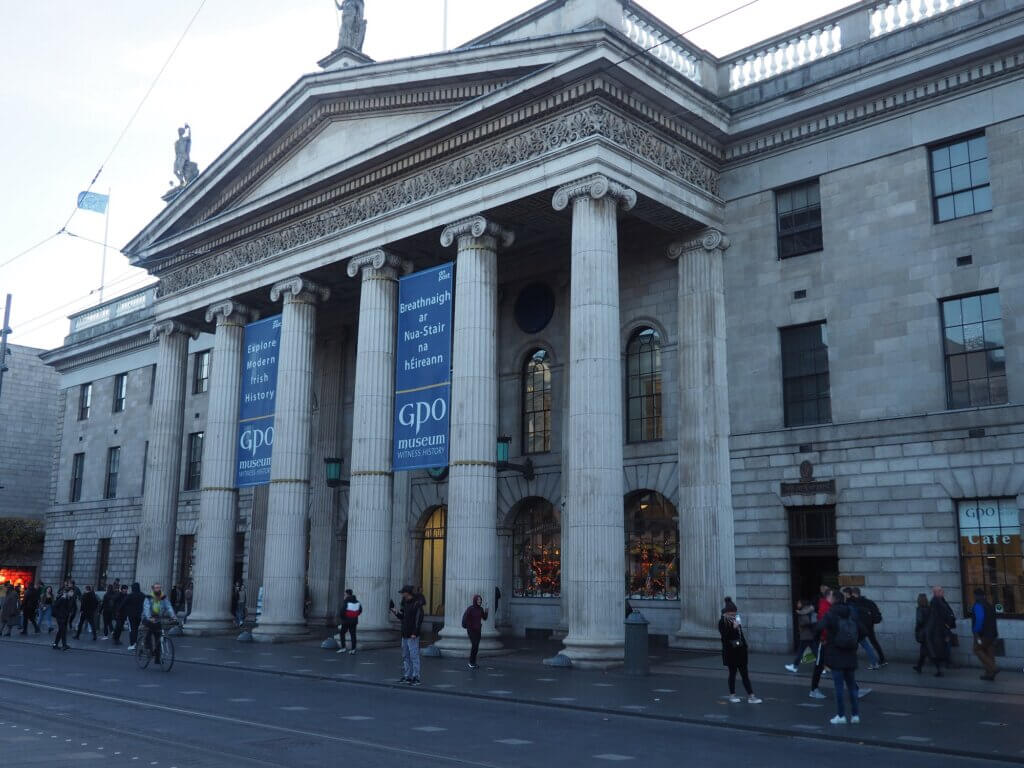
The General Post Office (GPO): On Easter Monday, April 24, 1916, armed revolutionaries seeking independence from Great Britain, seized buildings in Dublin and clashed with British troops. This was the beginning of the Easter Rising which took the British by surprise. The British responded with an additional 20,000 troops to suppress the uprising. During six days of fighting 450 people were killed, half of them innocent civilians. Another 2,600 had been wounded and much of the city center was destroyed. Fourteen leaders of the Easter Rising were charged with treason and shot to death at Kilmainham Gaol. The Easter Rising was the beginning of what eventually would lead to the founding of the Irish Republic in 1923. The GPO served as the headquarters for the men and women who took part in the rising. The interactive museum on the sight explains the history of 1916 Easter Rising.
https://www.anpost.com/Witness-history
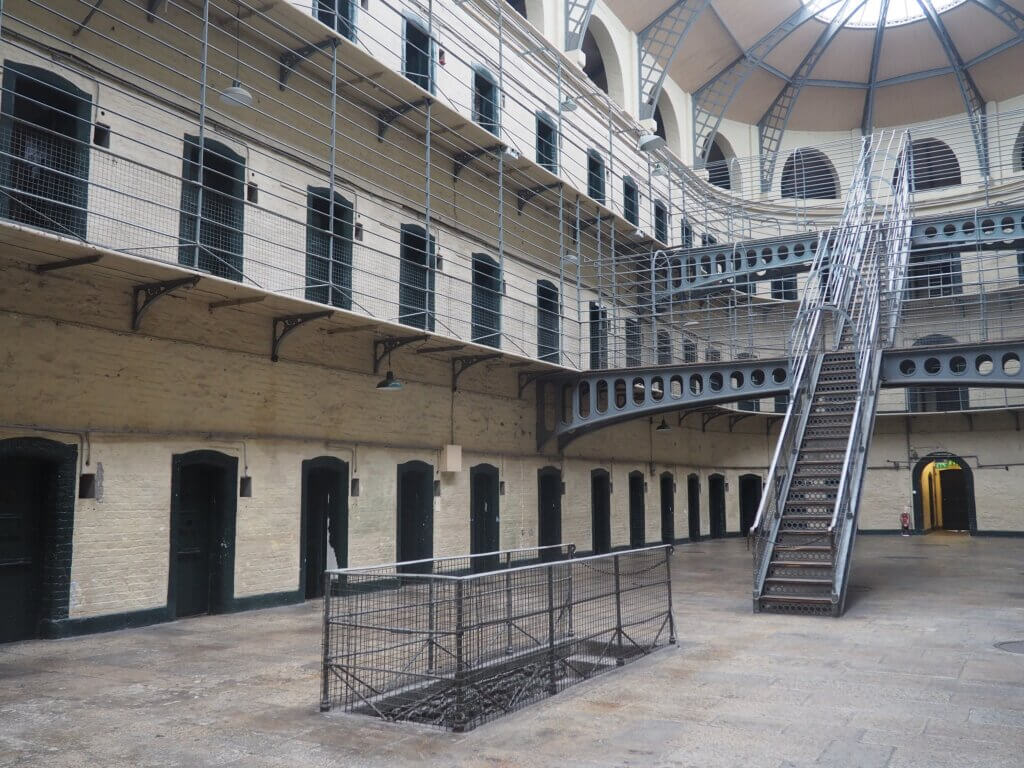
Kilmainham Gaol: At this prison fourteen leaders of the Easter Rising were charged with treason and shot to death. Founded in 1796 as a reform gaol it became a prison for Irish revolutionaries who fought for Ireland’s independence. During the Great Famine the prison population grew from averaging 1500 prisoners a year to over 9000 a year. These included women and children who were crowded into cells together. Most were convicted of petty crimes. For them time in gaol meant food and a place to sleep. The gaol was closed in 1924 and restored as a museum in 1966. The films Michael Collins and In the Name of the Father were both shot here.
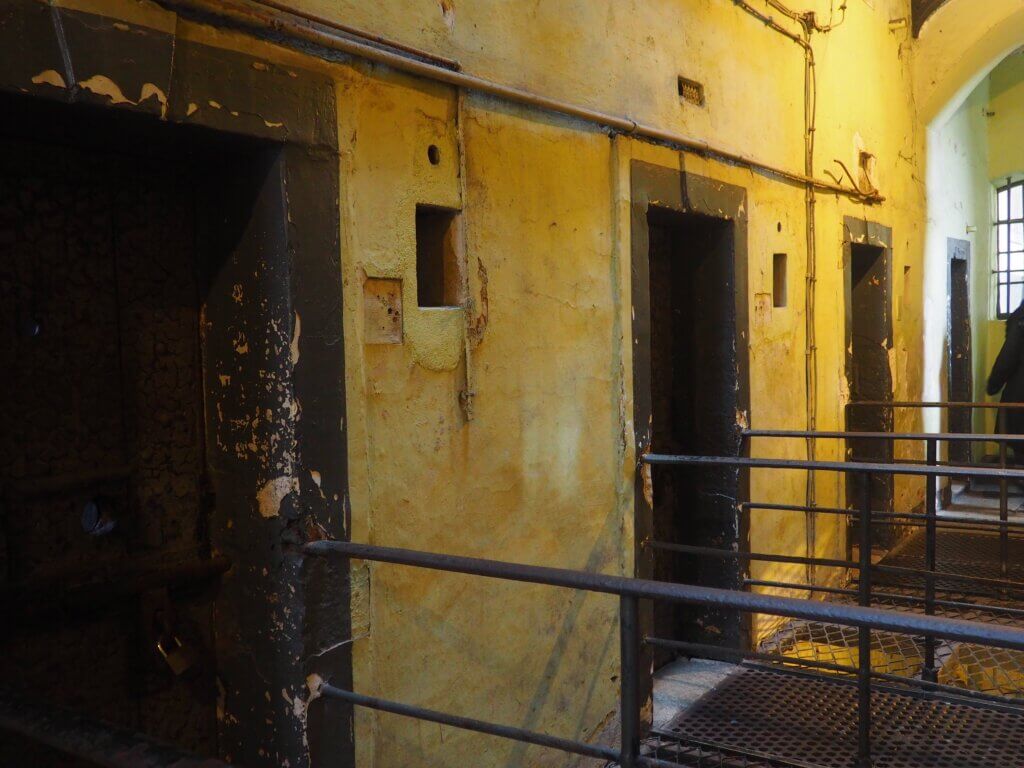
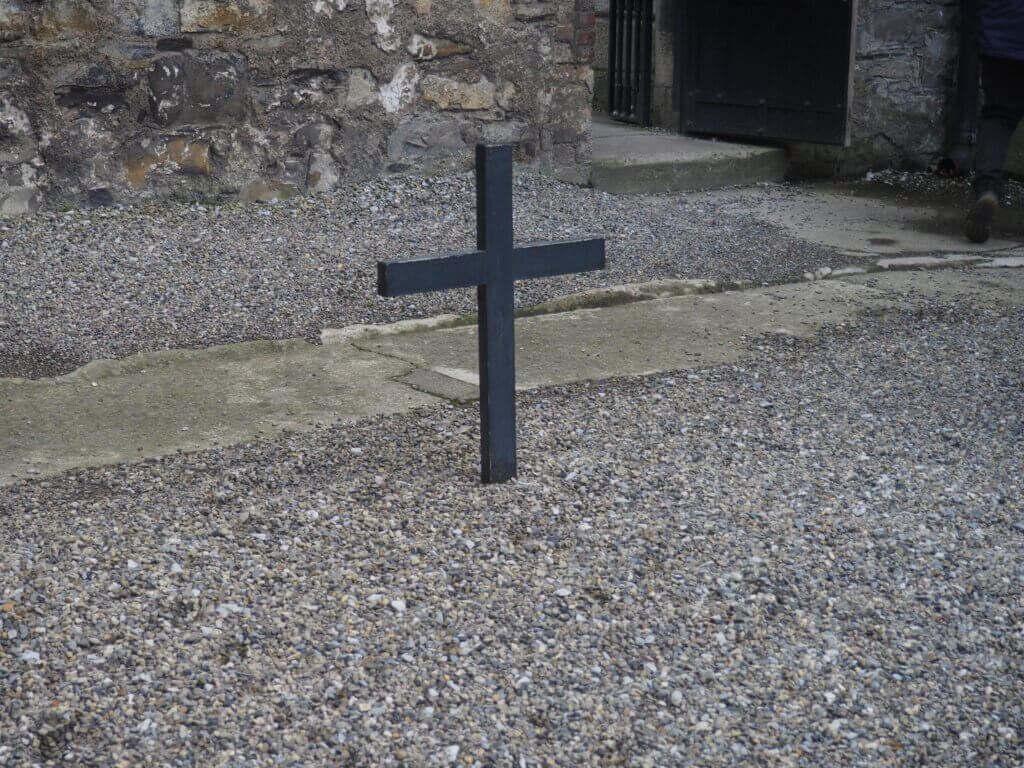
https://kilmainhamgaolmuseum.ie/
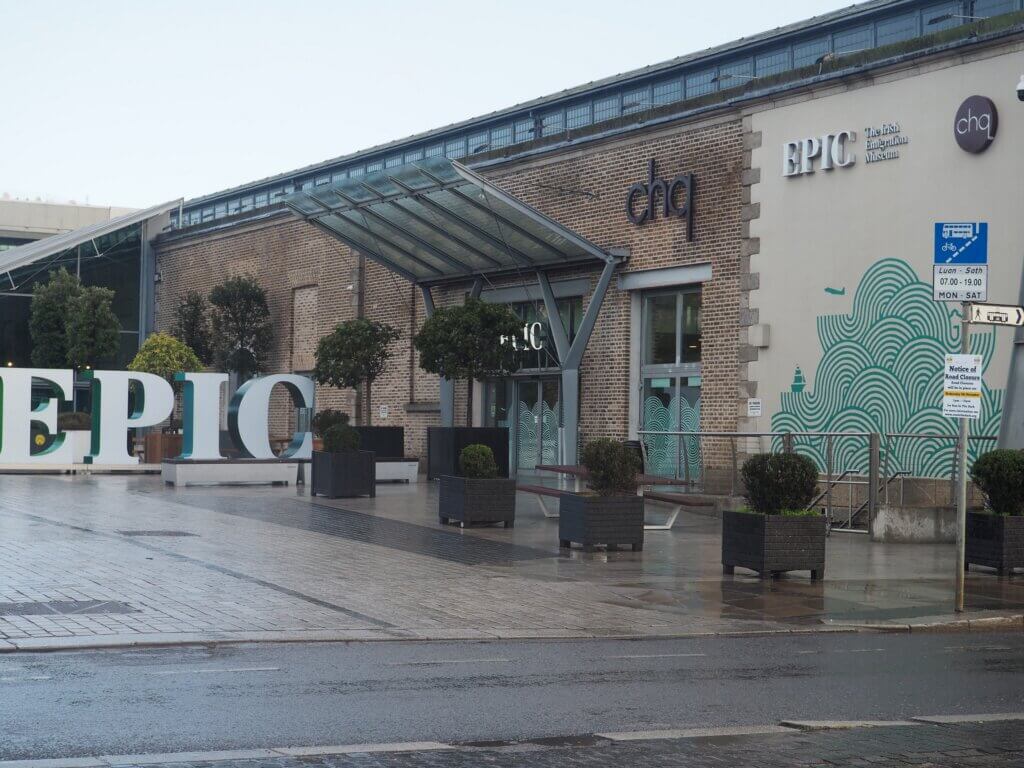
If you only visit one museum in Dublin visit EPIC: The Irish Emigration Museum. Named Europe’s leading tourist attraction three years in a row, by World Travel Awards. The interactive museum tells the stories of the men and women who left Ireland and the contributions they gave to the world. More people live abroad than in Ireland. The country’s current population is less than six million, but there are 70 million Irish and their descendants living abroad.
I had never been to Dublin before but in the five days I was there, I tried to find my connection to Ireland, its history and its people. I left Dublin for Belfast by train. On the journey north, I thought about the thousands of Irish and Chinese immigrants who helped build the railroads in America and the many who died during the construction. I thought about the forces that made them leave their home countries and about the challenges and prejudices they faced in their new ones. What would America be like today without the contributions of those immigrants? Whether we realize it or not–we are all connected.